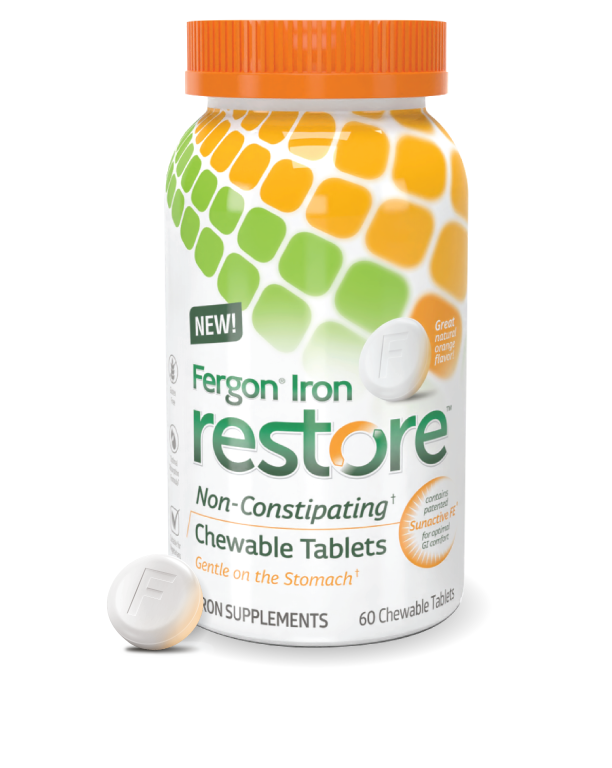Cycling is a popular endurance sport that can easily take a toll on an individual if the body isn’t supplied with the nutrients it needs. One of the most important nutrients for cyclists is iron because it’s essential to many biological processes in the body. Here is some information for cyclists about the risks and symptoms of iron deficiencies and what can be done about them to enhance performance.
Why Cyclists Need Iron
Iron is an important component in the protein that carries oxygen through the blood, known as hemoglobin. About two-thirds of the iron in the human body is found in hemoglobin.
Iron helps produce red blood cells and keeps the immune system functioning well. When a cyclist’s body doesn’t have enough iron to keep going throughout the ride, there could be a decline in performance and which may even cause frustration with the sport they love. Cyclist’s iron requirements are higher than those of non-athletes, and young cyclists and women typically have even higher iron needs.
How Cyclists Become Iron Deficient
The most common nutrient disorder is an iron deficiency, and this is a condition that many cyclists suffer from. Hemoglobin levels in the blood can be low because of inadequate iron consumption or if the cyclist’s body isn’t absorbing and storing iron properly. Cyclists and other athletes naturally sweat during, and the body often loses iron and breaks down red blood cells through sweat associated with training.
Iron is stored as ferritin in the body, and about 30 percent of iron is in ferritin (storage) form and 70 percent actively involved in iron transport through the blood. If a cyclist’s body becomes depleted of iron, they may develop iron deficiency, which occurs when the body isn’t able to manufacture red blood cells and hemoglobin effectively. Iron needs may also change if the cyclist is training at high altitudes.
Symptoms of Iron Deficiency in Cyclists
Since cycling requires constant strength, stamina, and endurance, it is nearly impossible to cycle well if there is iron deficiency. Cyclists may have an iron deficiency if they are experiencing these persistent symptoms. A simple blood test will tell them whether more iron is needed in the diet.
- Reduced endurance
- Fatigue
- Lower productivity
- Gastrointestinal bleeding from damage to the stomach and internal lining in serious cases
How Cyclists Can Get More Iron
To increase iron intake and absorption, it’s advisable to eat lean meats and add foods rich in vitamin C to iron-rich meals. For example, add vitamin C-rich foods like oranges, peppers, and tomatoes to leafy green salads with grilled chicken. It’s also a smart idea to reduce intake of coffee and alcohol while trying to increase iron levels.
To determine if supplements, like Fergon, can satisfy an iron deficiency and improve cycling performance, cyclists should consult a medical professional and ask about checking ferritin levels. In some cyclists, a healthy diet isn’t enough to satisfy the body’s iron requirements and deliver the energy and stamina it needs to keep going strong on two wheels.

